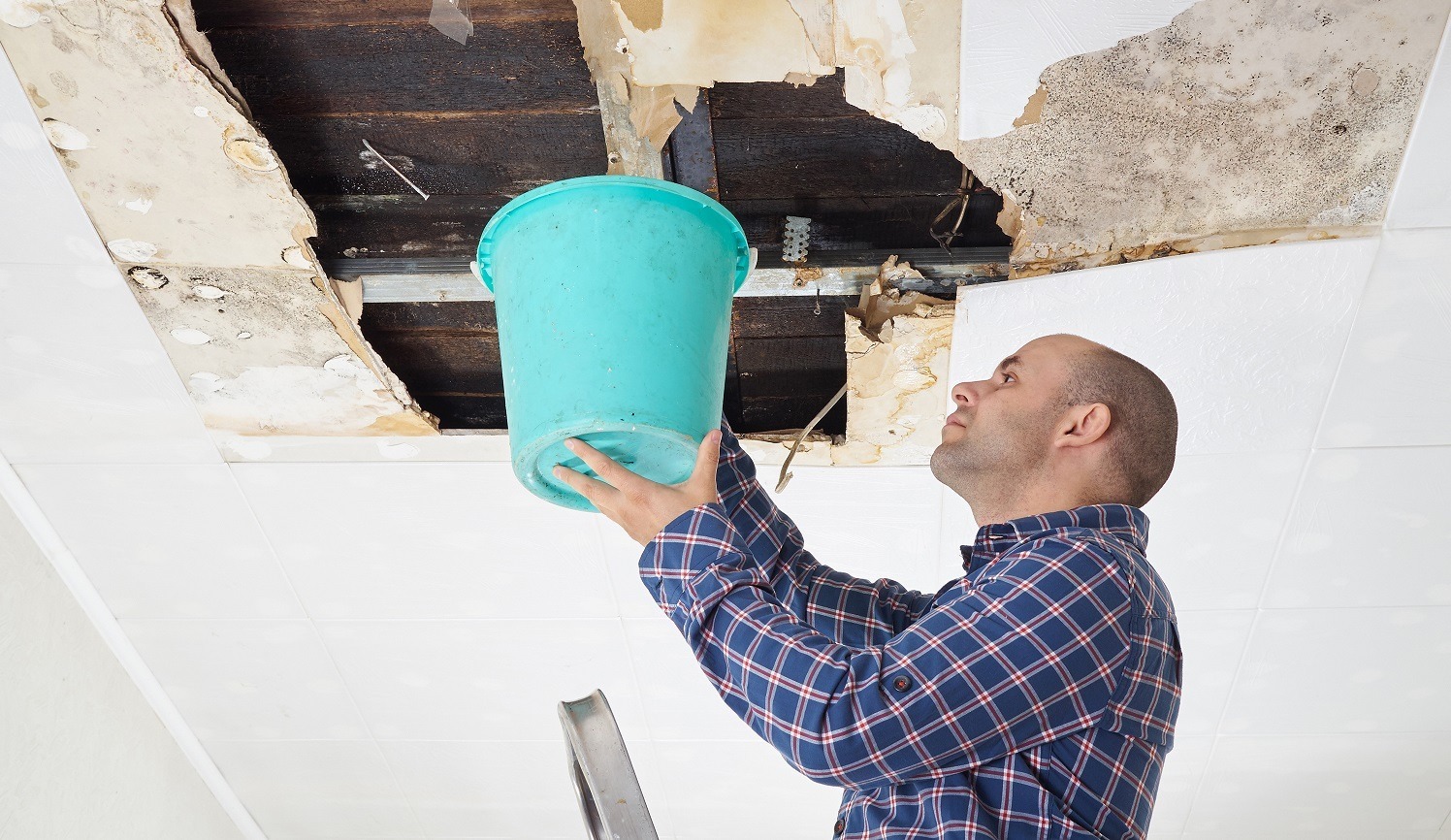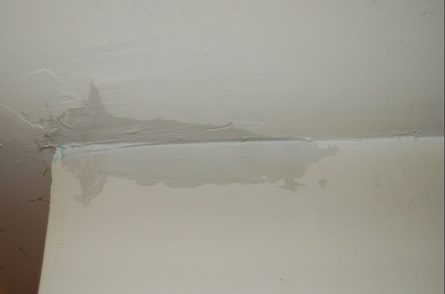Do's & Don'ts of Water Restoration.
Do's & Don'ts of Water Restoration.
Blog Article
What're your concepts on Preventing Fires and Water Damage In Your Home?

Water offers life, water breach on components where it's not intended to be can result in damage. If the water soaks right into your structure, it can peel off away surface areas and also wear down the foundation. Mold and mildew and also mildew additionally prosper in a moist atmosphere, which can be harmful for your wellness. Homes with water damages scent musty and old.
Water can originate from several sources such as tropical storms, floodings, burst pipelines, leaks, and sewage system problems. In case you experience water damages, it would be excellent to recognize some security precautions. Right here are a couple of standards on how to manage water damages.
Do Prioritize Residence Insurance Coverage Protection
Water damage from flood dues to hefty winds is seasonal. You can likewise experience a sudden flooding when a malfunctioning pipeline unexpectedly ruptures right into your home. It would certainly be best to have residence insurance that covers both acts of God such as natural tragedies, and also emergency situations like damaged plumbing.
Do Not Neglect to Shut Off Energies
In case of a disaster, especially if you stay in a flood-prone location, it would certainly be recommended to shut off the primary electrical circuit. This cuts off power to your entire house, preventing electric shocks when water is available in as it is a conductor. Do not neglect to transform off the main water line shutoff. When floodwaters are high, furnishings will move around and also cause damages. Having the major valve shut off protects against further damage.
Do Stay Proactive and Heed Climate Alerts
Storm floodings can be very unpredictable. Stay aggressive and also ready if there is a background of flooding in your area. Listen to discharge warnings if you live near a creek, river, or lake. Take out valuables from the first stage as well as cellar, after that put them on the highest possible level. Doing so decreases potential home damage.
Don't Neglect the Roof
Before the weather turns frightful, ensure you have a roofing evaluation. It would be prudent to receive this service annually as it can alleviate complex concerns. You can avoid rain damage if there are no holes and also leakages in your roof. Your roofing contractor will certainly likewise take care of faulty rain gutters or any other indicators of weakening. This will prevent water from moving down your walls and soaking your ceiling.
Do Take Note Of Little Leaks
A burst pipeline does not happen over night. You might observe bubbling paint, peeling wallpaper, water streaks, water spots, or leaking noises behind the walls. Have your plumbing repaired prior to it results in massive damages.
Don't Panic in Case of a Ruptured Pipeline
When it comes to water damages, timing is key. Thus, if a pipeline ruptureds in your home, quickly shut off your primary water valve to cut off the source. Call a trusted water damage repair specialist for help.
Water gives life, water intrusion on components where it's not supposed to be can result in damage. Residences with water damages scent old as well as stuffy.
Water damages from flood charges to heavy winds is seasonal. You may see bubbling paint, peeling off wallpaper, water touches, water stains, or dripping noises behind the walls. When it comes to water damages, timing is essential.
Some Do's & Don't When Dealing with a Water Damage
DO:
Make sure the water source has been eliminated. Contact a plumber if needed. Turn off circuit breakers supplying electricity to wet areas and unplug any electronics that are on wet carpet or surfaces Remove small furniture items Remove as much excess water as possible by mopping or blotting; Use WHITE towels to blot wet carpeting Wipe water from wooden furniture after removing anything on it Remove and prop up wet upholstery cushions for even drying (check for any bleeding) Pin up curtains or furniture skirts if needed Place aluminum foil, saucers or wood blocks between furniture legs and wet carpet Turn on air conditioning for maximum drying in winter and open windows in the summer Open any drawers and cabinets affected for complete drying but do not force them open Remove any valuable art objects or paintings to a safe, dry place Open any suitcases or luggage that may have been affected to dry, preferably in sunlight Hang any fur or leather goods to dry at room temperature Punch small holes in sagging ceilings to relieve trapped water (don't forget to place pans beneath!); however, if the ceiling is sagging extremely low, stay out of the room and we'll take care of it DO NOT:
Leave wet fabrics in place; dry them as soon as possible Leave books, magazines or any other colored items on wet carpets or floor Use your household vacuum to remove water Use TV's or other electronics/appliances while standing on wet carpets or floors; especially not on wet concrete floors Turn on ceiling fixtures if the ceiling is wet Turn your heat up, unless instructed otherwise

I was brought to that write-up about Safety Tips To Prevent Fire And Water Damage from a friend on another web address. Appreciated our blog? Please share it. Help others discover it. We thank you for reading our article about Safety Tips To Prevent Fire And Water Damage.
Report this page